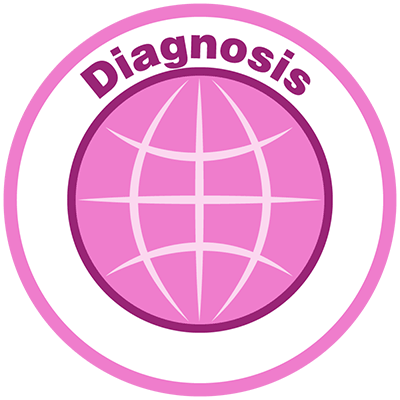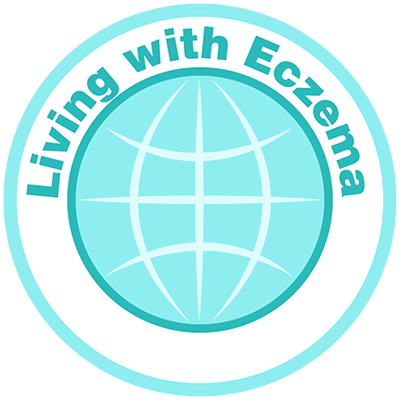Atopic Dermatitis Management and Techniques: Beyond the Basics
Treatment
- For decades, the mainstay of AD treatment has been topical corticosteroids.1, 2
- Crisaborole, a PDE-4 inhibitor, is approved for mild-to-moderate AD in patients aged 2 years and older.
- For more severely affected patients, systemically administered broad immunosuppressant drugs are used, including cyclosporine, azathioprine, methotrexate, mycophenolate mofetil, and short courses of systemic corticosteroids.3-5
- Until recently, the only new class of medications for treating AD was topical calcineurin inhibitors, such as tacrolimus and pimecrolimus, which have been commercially available since 2000 and 2001, respectively.
- Dupilumab was the first biologic monoclonal antibody (IL-4/13) approved for AD, and is approved for patients aged 6 and older.6,7
- Other biologic agents in development for AD include lebrikizumab and tralokinumab, which target IL-13, and nemolizumab and BMS-981164, 2 agents that target IL-31.8
- JAK inhibitors under investigation include oral agents (baricitinib, tofacitinib, and upadacitinib) and topical creams (delgocitinib and ruxolitinib).

Patient-Related Challenges
- The propensity toward allergic disorders (ie, asthma, food allergy, allergic rhinoconjunctivitis, and eosinophilic esophagitis) and skin infections (especially S aureus and widespread herpes/eczema herpeticum) is clearly increased.9–12
- Neuropsychiatric issues (attention-deficit/hyperactivity disorder, depression, anxiety, conduct disorder, autism, and suicidal ideation) have been linked to AD more recently.9–12
- Assessment of disease severity is further complicated by a disconnect between physicians and their patients. The results of 1 study suggested that patients and physicians disagreed on the severity level of AD in approximately one-third of cases.13
- Maintaining motivation and treatment adherence in patients with AD is an important, yet often difficult undertaking.

References
- Darsow U, et al. ETFAD/EADV eczema task force 2009 position paper on diagnosis and treatment of atopic dermatitis. J Eur Acad Dermatol Venereol. 2010;24:317-328.
- Paller AS, et al. Therapeutic pipeline for atopic dermatitis: end of the drought? J Allergy Clin Immunol. 2017;140:633-643.
- Silvestre Salvador JF, et al. Atopic dermatitis in adults: a diagnostic challenge. J Investig Allergol Clin Immunol. 2017;27:78-88.
- Eichenfield LF, et al. Guidelines of care for the management of atopic dermatitis: section 1. Diagnosis and assessment of atopic dermatitis. J Am Acad Dermatol. 2014;70:338-351.
- Eichenfield LF, et al. Current guidelines for the evaluation and management of atopic dermatitis: a comparison of the Joint Task Force Practice Parameter and American Academy of Dermatology guidelines. J Allergy Clin Immunol. 2017;139(4S):S49-S57.
- Dupilumab prescribing information. Available at: https://www.regeneron.com/sites/default/files/Dupixent_FPI.pdf.
- House DW. Sanofi and Regeneron’s Dupixent successful in late-stage pediatric dermatitis study. August 6, 2019 (https://seekingalpha.com/news/3487406-sanofi-regenerons-dupixent-successful-late-stage-pediatric-dermatitis-study).
- Boguniewicz M, et al. Expert perspectives on management of moderate-to-severe atopic dermatitis: a multidisciplinary consensus addressing current and emerging therapies. J Allergy Clin Immunol Pract. 2017;5:1519-1531.
- Schmitt J, et al. Atopic eczema and attention-deficit/hyperactivity disorder in a population-based sample of children and adolescents. JAMA. 2009;301:724-726.
- Miyazaki C, et al. Allergic diseases in children with attention deficit hyperactivity disorder: a systematic review and meta-analysis. BMC Psychiatry. 2017;17:120.
- Strom MA, et al. Association between atopic dermatitis and attention deficit hyperactivity disorder in U.S. children and adults. Br J Dermatol. 2016;175:920-929.
- Thyssen JP, et al. Atopic dermatitis is associated with anxiety, depression, and suicidal ideation, but not with hospitalization or suicide. Allergy. 2018;73:214-220.
- Wei W, et al. Discordance between physician- and patient-reported disease severity in adults with atopic dermatitis: a US cross-sectional survey. Am J Clin Dermatol. 2017;18:825-835.








